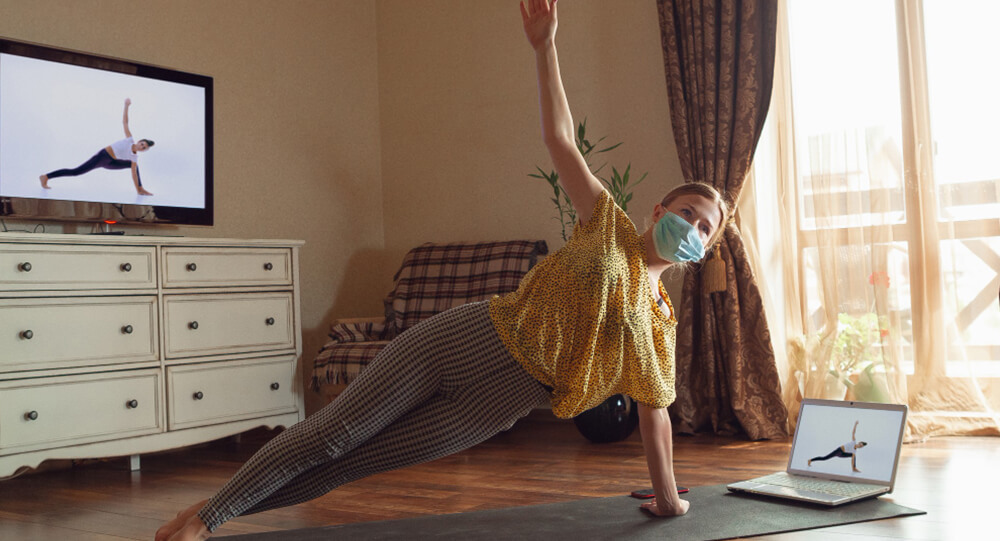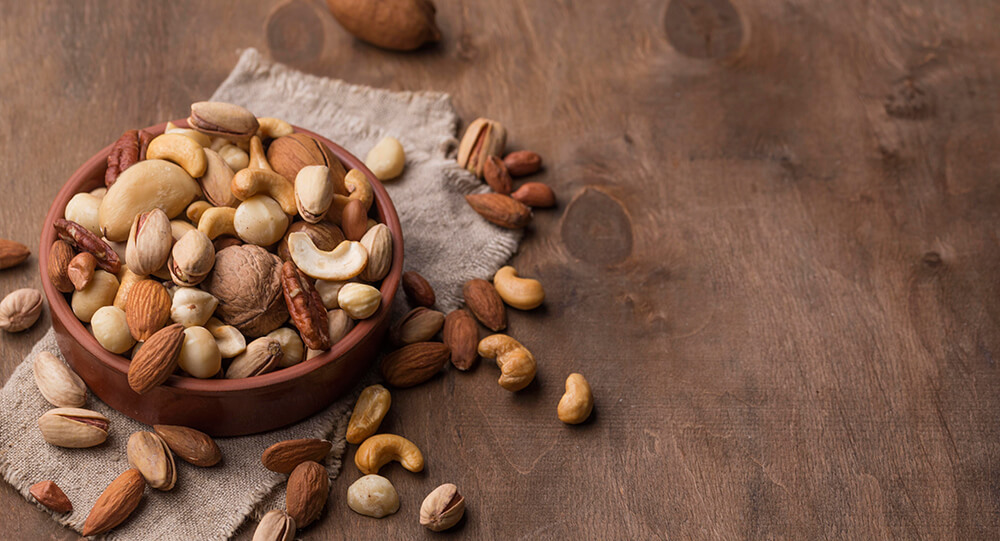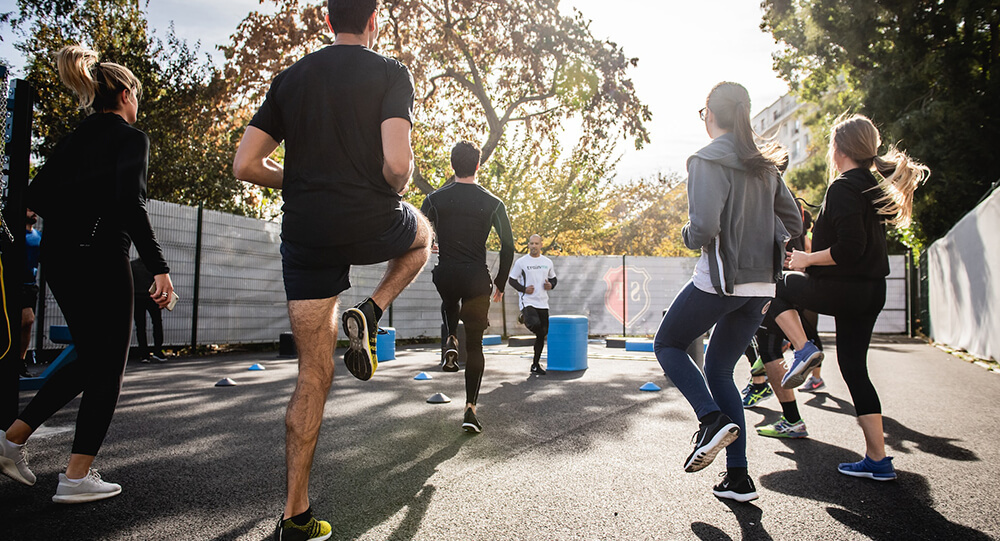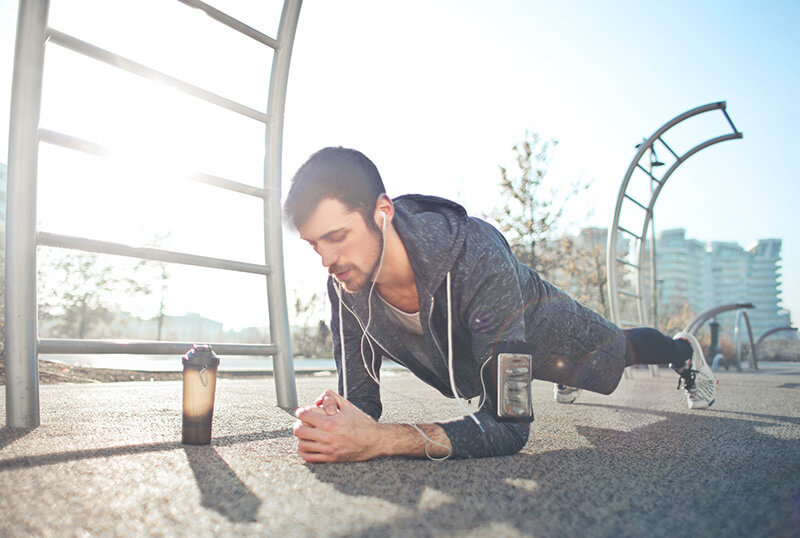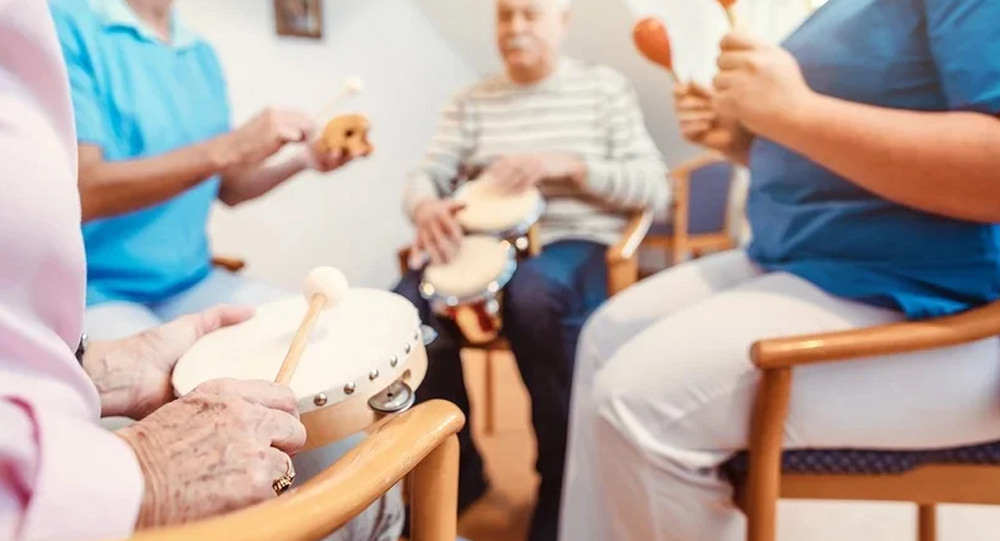Many people have recently become remote employees as a result of work-from-home instructions from businesses all around the world. And, with many parks, beaches, and gyms closed owing to the threat of COVID-19 spreading, people seek safe ways to stay active and healthy through solo workouts to avoid putting themselves in danger.
Check out these unique indoor fitness options for when you’re working from home and don’t have access to a treadmill or other exercise equipment.
Always with your doctor before beginning a new fitness routine, especially if you’re unsure whether an injury or other health condition might prevent you from safely doing the exercises below.
Indoor Workouts That Can Be Done While Working From Home
A treadmill or elliptical machine is typically used for indoor cardiovascular activities such as walking, jogging, or running. When the gym is closed and you need to get a cardio workout at home without equipment, there’s no reason you can’t reach your goals by walking or jogging across the floor of your house or apartment building, integrating flights of stairs if available.
This form of workout is admittedly more convenient in a large home than in a small apartment or studio. However, as long as you can move your body in a walking or running manner from room to room, you’ll be able to raise your heart rate and get some exercise without leaving your house.
1. Timed Walks
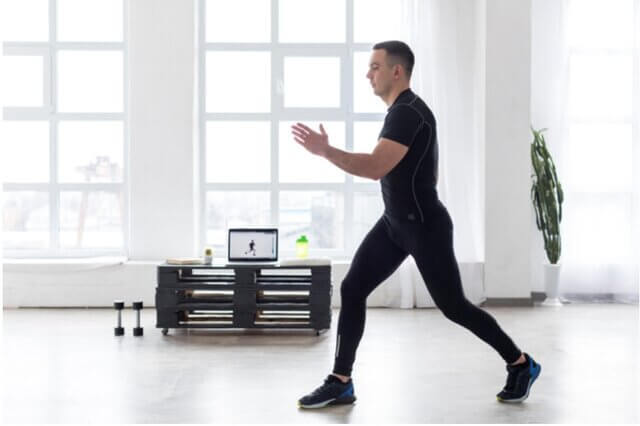
Whether you live in a one-room studio or a three-story family house, all you need to do is start walking or jogging in your living area to get some exercise. Then, much like you would on an outdoor course or on a treadmill, keep it going for a certain amount of time. Pacing back and forth across your studio apartment or jogging laps around your sofa may seem amusing at first. But, if your exercise options are restricted, a stroll and/or jog indoors still gives your body the benefits of exercise (without the added benefit of sunshine).
Simply set your watch or timer for the length of time you intend to exercise—20-30 minutes is a good starting point. The object of the game is to keep moving by walking, jogging, or alternating a walk with a jog until the time limit has been met. If you don’t feel like jogging or running, a mild, extended walking workout is completely good and highly healthful.
2. Stair Heart-Rate Workout
When jogging indoors, especially in close quarters, it can be difficult to go fast. Add some trips up and down stairwells if you have them in your house or on the property to increase the cardiovascular challenge. You have a built-in chance for a more rigorous workout whether you have a flight of stairs down to a basement, linking the floors of your house, or even an outside stairwell to access your apartment or building.
Simply putting in regular walks or jogs up and down the stairs can raise your heart rate—and if you have a heart-rate monitor, you’ll be able to prove it. Before you begin your indoor workout, put on your monitor and use this chart from the American Heart Association to determine your target and maximum heart rates based on your age.
3. Yoga Stretch Breaks
Consider incorporating yoga and stretching into your work-from-home regimen in addition to your cardio workout. Not only will this assist unwind tension muscles, but you can also use the following stretches as part of daily workout stations if you’ve spent too much time at your desk and are sore or stiff from sitting too long.
4. Neck rolls
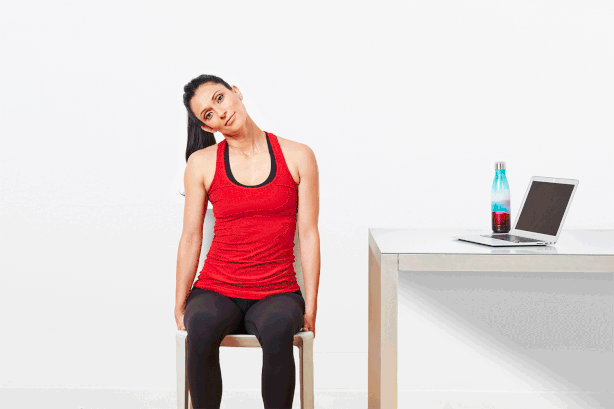
Simply drop your chin to your chest and slowly circle your neck in one way, then the other.
5. Cat-cow stretch
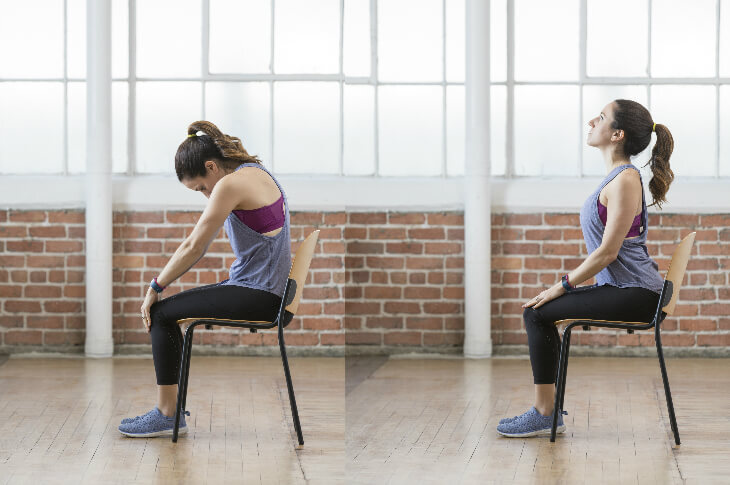
This is a desk version of a yoga pose that is generally performed on hands and knees. Alternate arching your back and looking up while seated in your computer chair, then rounding your spine as your head sinks forward.
6. Seated forward bend
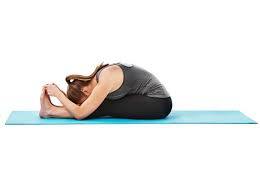
This is a modified yoga pose that is generally performed while seated on the floor. You can interlace your fingers, push your chair away from your desk, and bend at the waist while bringing your hands up toward the ceiling in the desk version.
7. Seated eagle

Bring your arms forward while crossing your left arm over your right to release stiff arm, wrist, and hand muscles. Attempt to bring your palms together by rising your elbows and lowering your shoulders. Then do the opposite, crossing your right arm over your left.
Maintaining an Exercise Routine While Working from Home
While an indoor walk or jog might not be your first pick for a heart-pumping workout, any activity is preferable to none. You may meet your fitness objectives even when your workout options are limited by being flexible about how you get your laps or kilometers in.

30 Interesting Facts About Sleep
What makes you sleep? Okay, we know it seems like a simple question with a simple answer, but scientists have yet to completely understand it. In reality, it should have been on our list of the 25 greatest historical mysteries. Researchers have been able to track brain waves and learn a little bit about what goes on in our heads at night using advanced technology for the last few decades.

The Science of Intermittent Fasting: Unpacking Its Benefits and Risks with the Latest Research
Explore the science behind intermittent fasting—how it works, its health benefits like weight loss and improved metabolism, and possible risks. Learn what experts say about this popular eating pattern.

Food for brain power
Paying attention to your diet can truly pay off, whether you want to optimize your nutrition during exam season or stay bright in your next business meeting. Although there is no specific 'brain food' that will prevent you from age-related illnesses like Alzheimer's or dementia, thinking about what you eat can help you acquire the nutrients you need for cognitive health and mood.

5 Ways to Make Exercise a Regular Part of Your Routine
Maintaining a healthy lifestyle and general wellbeing requires regular exercise. Finding the drive and perseverance to exercise frequently can be difficult for many people. These practical tips can help in that situation.

Why Laughter Is Good for Your Health: The Science Behind the Saying
Laughter has long been called "the best medicine," and science is now confirming this old wisdom. Beyond being a social bond and mood booster, laughter triggers a cascade of physiological benefits that improve our heart health, immune system, and mental well-being. This article explores the science behind why laughter is so beneficial, its surprising effects on the body, and how incorporating more laughter into your life can enhance overall health.

How Gut Health Affects Your Immune System
Your gut is more than just a digestion center—it’s a powerhouse influencing your immune defenses. Trillions of microbes living in your intestines interact closely with your immune system, shaping its development, responses, and balance. This article unpacks the fascinating science behind the gut-immune connection, revealing why nurturing gut health is key to staying resilient against infections and inflammation.

How the Scent of Rosemary Can Boost Memory and Concentration
For centuries, rosemary has been more than just a kitchen herb—ancient students and scholars believed its scent improved memory and focus. Modern science is now validating these claims with research showing that simply smelling rosemary oil can enhance memory performance and concentration. This article explores the fascinating history, scientific findings, and practical ways rosemary’s aroma can sharpen the mind and reduce anxiety.

8 tiny practices with a big impact on your body
There are no quick fixes when it comes to getting fit. To avoid dieting and exercising, there aren't any tricks.

The Rise of Fermented Foods: How They Improve Digestion, Immunity, and Wellness
Fermented foods are taking the spotlight as a powerful health trend in 2025, celebrated not only for their distinctive flavors but for their profound benefits on digestion, immunity, and overall wellness. From traditional staples like kimchi and yogurt to new probiotic products, fermented foods are reshaping diets worldwide. Dive into the science behind their rise, their health-promoting qualities, and easy ways to add them to your daily meals.

Common Habits that have a bad effect on Your Liver
The importance of your liver should come as no surprise. Filtering blood from the digestive tract, detoxifying toxins, metabolic function, and much more are all responsibilities of this crucial organ. That's why it's important to understand how certain lifestyle choices might jeopardize your liver's health, which, in turn, jeopardizes your entire health.

The Role of Music Therapy in Healing and Recovery
Music therapy plays a powerful role in healing and recovery by using rhythm, melody, and sound to improve mental, emotional, and physical well-being. It helps reduce anxiety, manage pain, and support cognitive and motor skills—benefiting patients from stroke survivors to those with PTSD or depression.

Henry Ford, The man popularizing the concept of the weekend off
Henry Ford was the first Industrial Giant to give his employees both Saturday and Sunday off in the hope of encouraging more leisurely use of automobiles and thus popularizing the concept of the "weekend."

Can lemons really prevent kidney stones?
Drinking lemonade helps keep kidney stones from forming. Useful if you are prone to kidney stones. Lemons have the highest concentration of citrate – a natural inhibitor of kidney stone formation – of any citrus fruit. In a recent study conducted by Sur, lemonade therapy – drinking four ounces of reconstituted lemon juice in two liters of water per day – was shown to decrease the rate of stone formation from 1.00 to 0.13 stones per patient.

Husband saves wife's life by donating kidney after spending a year dieting and exercising
In 2015, PJ Spraggins saves wife’s life who suffers from Lupus by donating kidney after spending a year dieting and exercising to get his blood pressure low enough for surgery.
